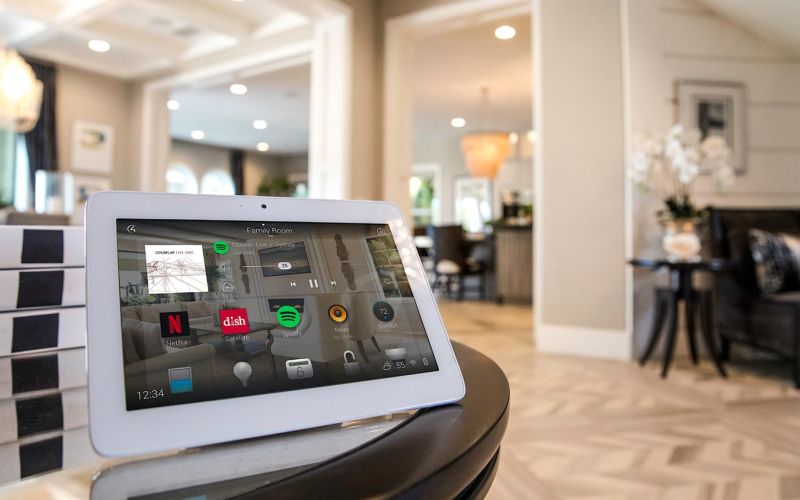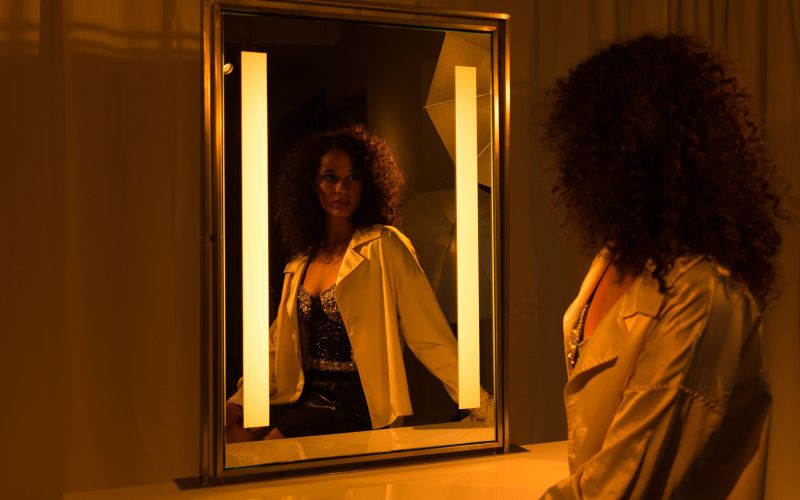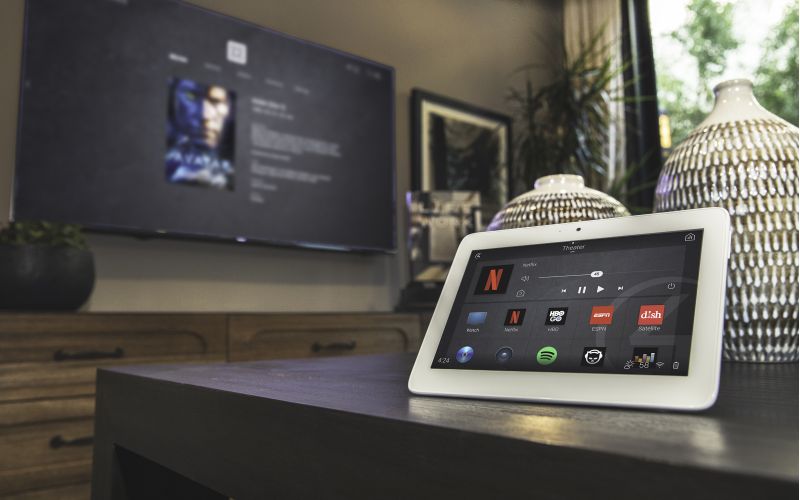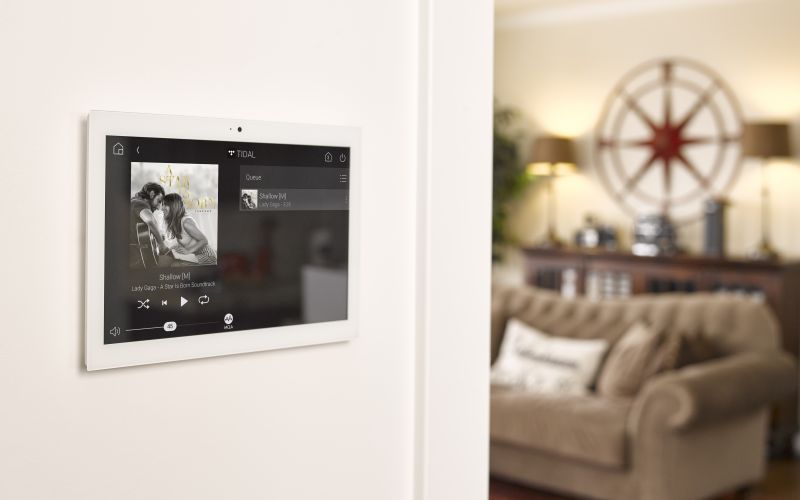Make Your Smart Home Dream Come to Life
With personalized whole-home control and automation, effortless living is a simple button press away.
Electtronic Integration
Who
We Are
Electronic Integration was founded in 1991 with one purpose: To offer the best products and service in big screen TV’s and surround-sound Home Theater systems. Electronics is a huge category and the temptation to be a “jack of all trades” is always there. To be truly the best, specialization is necessary. Electronic Integration has maintained that focus and in so doing has become the premier Home Theater and Whole House Entertainment Specialist in the Denver Metro area without losing attention to details and exceptional customer service. Many people are tired of the superstore experience, and with a staff consisting of industry veterans having experience ranging from 17 to 47 years, you get unique personal treatment. With new innovations in technology and smart home system, it becomes even more critical that the customer focus is the top priority.
Service Areas
Serving Denver, CO and surrounding areas.
Knowledgeable and Reputable
"… Low pressure, knowledgeable salespeople … personnel were most helpful … A company with a good reputation, excellent sales staff who are knowledgeable. No pressure to “upsell” products … the sales staff really know about the products they were selling … staff was very friendly and knowledgeable … Well informed personnel … Know the product and the market … Honest service – no pressure to buy … Responsive …Informative … Helpful … Open minded … Professional … Guidance in what products to buy and how to operate them … A company that is specialized in providing consumers with one main product. This means that everyone in the company is more knowledgeable."
Wonderful Experience
"A personal shopping experience and no vulture attitudes … being able to talk with a knowledgeable person … For audio / video, most people want to see / hear before they buy and Electronic Integration provides a place to do that and also get questions answered by a knowledgeable staff … Easy to relax, compare and decide … great buying experience … wonderful experience …"
Home Theater
Experience the magic of cinema at home with our custom-designed home theaters. Enjoy immersive audio and stunning visuals, tailored to your space for the ultimate entertainment experience.








